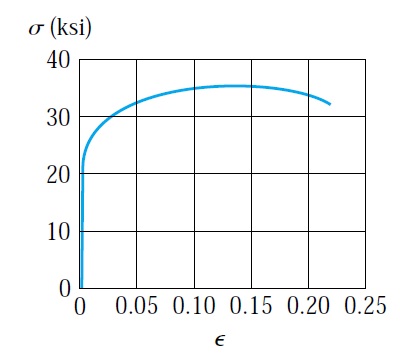How to diagnose concrete carbonation

Figure 1
Cracking and spalling of concrete are the symptoms of concrete carbonation. The cracks and spalling occur due to reinforcement corrosion. Steel rust occupies a bigger volume, which exerts stresses on concrete, and this will result and concrete cracks and spalling.
The depth of concrete carbonation can be determined using phenolphthalein. Phenolphthalein is a powder, and it should be dissolved into alcohol. A section of concrete should be broken for testing. Then the solution will be sprayed on the surface to determine the depth of concrete carbonation. Also, cores can be taken from concrete for testing. Phenolphthalein is an acid-base indicator. The solution color will turn into bright pink if It interacts with an alkaline material. It will turn into pink if the Ph is more than 9.5. Unaffected concrete will have a higher Ph, so in unaffected concrete solution, the color will turn into bright pink.

Figure 2
The following steps should be followed to ensure the efficient repairing of concrete carbonation.
- Loose concrete should be located using the hammer test.
- Remove all the loose concrete around the reinforcement bars.
- Rust shall reinforcement using grit blasting. Rust shall be removed for hidden faces and the back of reinforcement bars.
- After removing the rust. Reinforcement bars should be protected against rust in the future by applying proprietary bar primer or zinc-rich paints.
- Patch repair areas of concrete using a cementitious material and sand, and a polymer dispersion.
Concrete can be protected against carbonation by applying a coating to the concrete surface. The coating will act as a barrier, restricting the entry of water and carbon dioxide while allowing the vapor to pass through. In the market, we can find many products. At the field we should ensure that the used material is compatible with concrete. Also, the concrete surfaces should be prepared properly to receive the coating materials. The coating usually tested for thickness and pull out tests. Pull out tests will ensure that the coating develops sufficient adhesion with the concrete surface, and it will not peel in the future.















Comments
Post a Comment